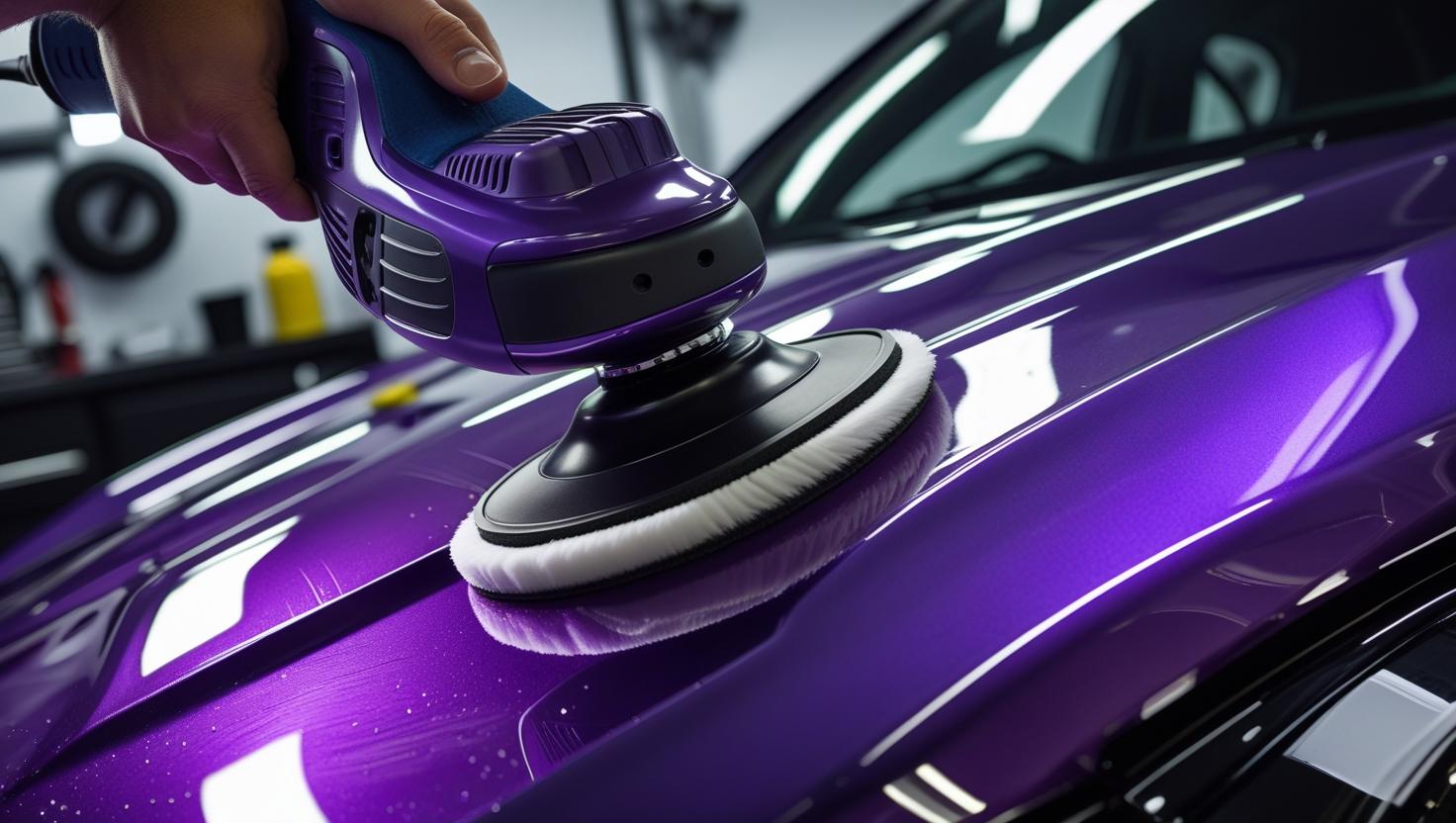When it comes to restoring a vehicle’s shine, “paint correction” and “polishing” are two terms that often get used interchangeably—but they’re not the same. Understanding the difference between them can help car owners make informed decisions about how to care for their vehicle’s finish, especially if you’re considering a detailing service or protecting your paint with a product like Paint Protection Film (PPF).
What Is Polishing?
Polishing is the process of using an abrasive compound (usually paired with a machine polisher) to smooth out the paint surface and enhance gloss. It typically targets minor imperfections like light swirl marks or haze. Polishing can be a standalone service, often included in basic or mid-tier detailing packages, and is ideal for vehicles that need a quick aesthetic refresh without deep defect removal.
What Is Paint Correction?
Paint correction goes a step further. It’s a more intensive and precise process that aims to remove deeper imperfections in the paint, such as noticeable swirl marks, scratches, water spots, and oxidation. Paint correction can be done in one, two, or even three stages, depending on the severity of the defects and the desired result. The goal is to achieve near-perfect clarity and depth in the finish.
Think of it this way: polishing is like using a mild exfoliant, while paint correction is more like a deep resurfacing treatment for your car’s paint.
Why the Distinction Matters
If your car is relatively new and has only light imperfections, a one-step polish might be enough to bring back a showroom-like shine. But if your vehicle has years of visible damage, paint correction is the more appropriate service—and often the necessary step before applying a PPF or ceramic coating. Why? Because PPF and coatings lock in the condition of the paint beneath them. Applying them over uncorrected defects will only preserve the imperfections.
Final Thoughts
Understanding the difference between polishing and paint correction ensures you choose the right service for your vehicle’s needs. Whether you’re looking to restore gloss or fully revive your paint before protecting it, knowing what your vehicle needs is the first step to making it look its best.

